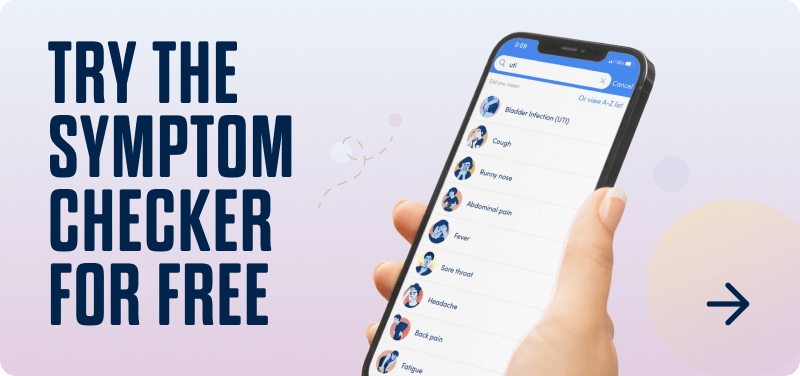Patient Instructions/Care Plan Information
If you have any other questions about minor burns or the management we discussed today, please let me know. Attached is a detailed care plan that includes more information about burns as well as things you can do to help your child start feeling better. If your child has worsening pain, fever, or expanding redness around the burn please take them to their doctor or the ER for further evaluation. I hope your child feels better soon and thanks for using K for Parents!
What causes burns?
Burns can be caused by a variety of factors including heat (fire, hot liquids, hot solid objects, and steam), electricity, friction, chemicals (e.g. acidic or alkaline products), and radiation (e.g. sunburn).
Types of burns
Burns vary according to depth and severity, where severity depends on factors like temperature and the duration of exposure or skin contact.
- Superficial burns – involve the top layer of skin (the ‘epidermis’) only:
- Characterized by pain, redness, dryness
- No blisters
- Heal within 6 days, without scarring
- Partial-thickness burns – involve the top layer of the skin and the one below it (the ‘dermis’):
- Partial-thickness burns can be superficial or deep:
- Superficial partial-thickness burns
- Characterized by pain, redness, and blisters
- The area may be moist or ‘weeping’
- Heal within 7-21 days, without scarring.
- Deep partial-thickness burns
- Painful to pressure only
- Damage hair follicles and/or glands
- Blisters that can be can be easily deroofed
- Requires surgery for proper healing
- Full thickness burns – destroy all layers of the skin and damage underlying tissue:
- No pain, no blisters
- Complete healing without surgery is not possible
- Cause scarring
Recommended treatment for minor burns
Mild burns (superficial burns and superficial partial-thickness burns) can be managed at home with the proper medical guidance:
Cooling
- Remove clothing or jewelry
- Rinse the burned area under room-temperature or cool tap water for no longer than 2-5 minutes.
DO NOT DIRECTLY APPLY ICE OR FROZEN MATERIALS.
- Consider covering with a wet gauze or towel
Pain Management
- Use tylenol and motrin preventatively (on a standing schedule to stay ‘ahead’ of the pain).
Cleaning
- Wash with soap and water. DO NOT use iodine or hydrogen peroxide.
- Pull away dead skin or ruptured blisters, but DO NOT pop intact blisters as this can lead to infection and scarring.
Antibiotics and dressing
- Superficial burns do not require antibiotics or dressings, but partial-thickness burns might.
- If you cover a burn, always use a non-stick gauze with a basic topical antibiotic.
- Clean the area and change the dressing twice per day.
Healing time
- Superficial- heals in 3-6 days
- Superficial partial thickness- heals in 7-21 days
Watch out for signs of infection like increasing redness or pain
Preventative measures
- Don’t let electric cords hang off of counters
- Keep hot beverages away from counter edges
- Use the back burners of stoves
- Test bathwater with your hand for 30 seconds
- Never leave children unattended in a bath or shower
- Install smoke detectors on every floor and replace annually
- Keep a fire extinguisher in the kitchen and near a fireplace
- Teach children how to exit the house in case of a fire
- Consider a safety ladder if your house has two floors
- Minimize use of extension cords
- Keep matches and lighters hidden from children
Seek in-person care if:
- The burn is associated with potential inhalation injury or electricity
- Burns situated on joints, on the face, hands, feet or genitalia
- Burns covering a significant portion of the body
- You are concerned the burn might be infected
- Burns around the entire circumference of a limb (circular, going all the way around a leg or an arm)
Clinicians at K Health can virtually:
- Assess the severity of the burn and the need for further evaluation
- Guide you through proper pain management and supportive care
- Prescribe topical medications when needed.
- Provide ongoing support and followup
- Advise on dosage of specific medications
- Discuss safety and preventative measures
Note: Clinicians at K Health cannot treat electrical or chemical burns remotely.
K Health articles are all written and reviewed by MDs, PhDs, NPs, or PharmDs and are for informational purposes only. This information does not constitute and should not be relied on for professional medical advice. Always talk to your doctor about the risks and benefits of any treatment.

 Medically reviewed
Medically reviewed
